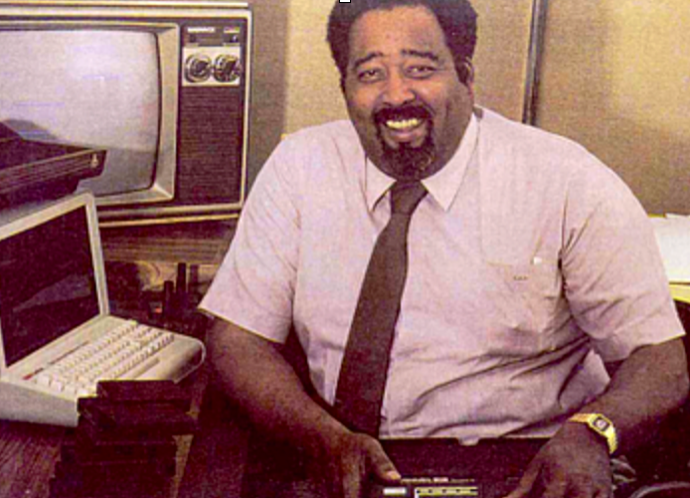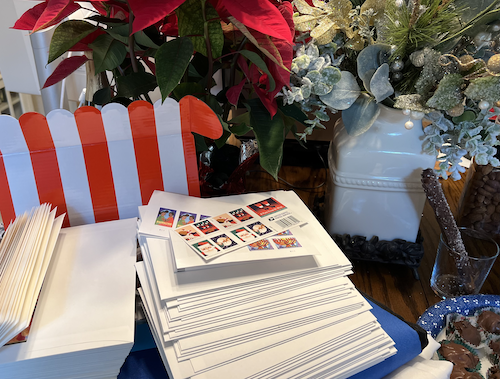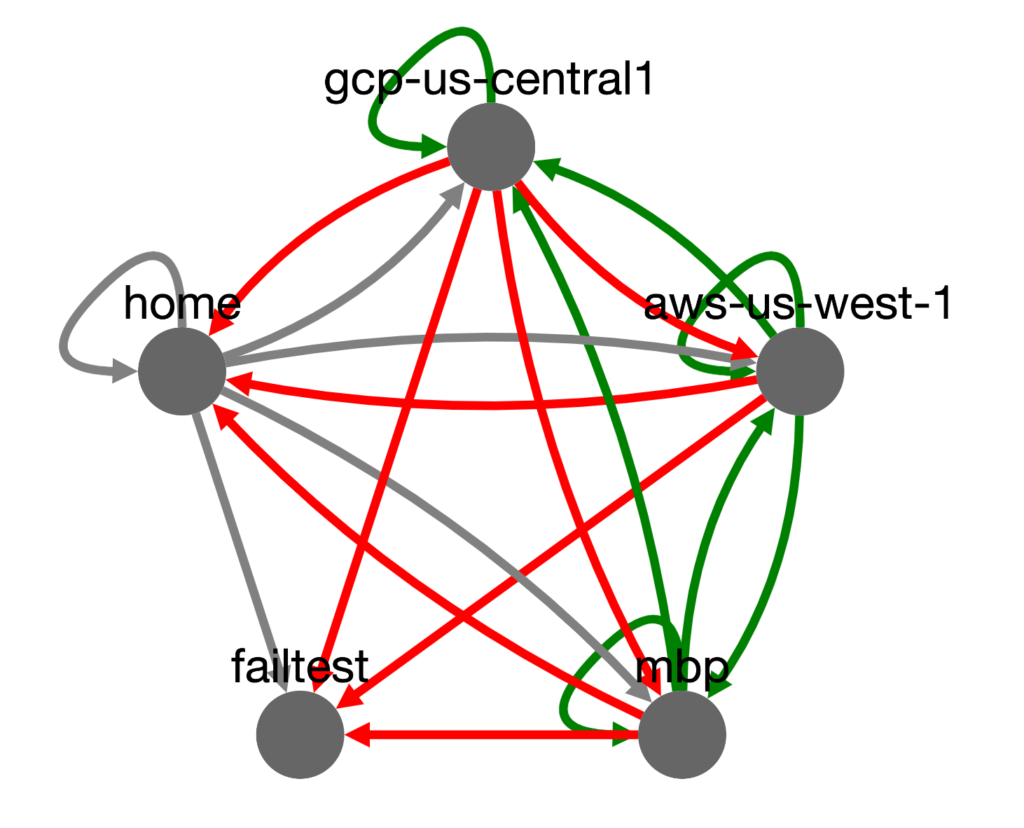Jerry had a new idea. The coin operated arcade game he had developed in his garage was cutting edge. Instead of using discrete logic hardware that typically drove video arcade games, Jerry decided to use a microprocessor. His microprocessor-driven arcade racing game, called Demolition Derby never made it past field testing to appear in the video arcade scene, but a year later, Gun Fight appeared as the first widely released microprocessor-based arcade video game. What Jerry had developed in his garage became a real game changer. But his biggest contribution was yet to come.
Jerry Lawson was born in New York City. His dad was a dock worker, a longshoreman, who was fascinated with science and along with his wife, always encouraged Jerry’s interest in scientific hobbies, including ham radio, chemistry and electronics. After college, Jerry moved to San Francisco and took a job in the sales division of Fairchild Semiconductor as an engineering consultant. It was there that his garage experiment became a reality. He was promoted to Chief Hardware Engineer and Director of Engineering and Marketing for Fairchild’s video game division. He also became one of the two sole black members of the Homebrew Computer Club, a group of early computer enthusiast that included well-known members, Steve Jobs and Steve Wozniak.
One of the problems with video games at the time was that they were hardcoded to just one game. Home game devices had been created but they were limited to the games you could store in hardware. Jerry knew that the home gaming market could be expanded if they were able to offer a way for consumers to change out the game in a convenient way. He set to work on a new idea. Based on the previous pioneering work he did in moving from complex discrete logic to a software microprocessor-driven design, Jerry knew there had to be a way to make that software portable. He moved the game code to ROM (read only memory) and packaged it into a highly portable cartridge that could be repeatably inserted and removed from the console without damage. This would allow users to purchase a library of games to enjoy, effectively creating a new business and revenue stream for console manufactures and game developers.
Jerry’s invention, the Channel F console (the “F” stood for Fun) included many pioneering features. It was the first home system to use a microprocessor, the first to include a detachable joystick, the first to give users a “pause” button and of course, the first to have swappable ROM cartridge-based games. Sadly, the console was not successful, but the invention changed the home gaming world forever. A year later, a gaming console came to market using Jerry’s revolutionary concepts, and took over the world, the Atari 2600. Many other game consoles followed with the explosion of games and options for the consumer.
Jerry changed the industry! Despite his two game changing products being market failures, his ideas lived on and created a new industry. He is now recognized, honored and celebrated as the “creator of the modern video game console”.
I don’t know about you, but Jerry and his story inspired me. I see brilliant minds all around us. They dream into the future and even implement pioneering work that changes the game. Sadly, many go unnoticed until they are gone. Jerry’s story reminds us that we should applaud these pioneers. They help nudge technology and our human experience forward. We should celebrate them, acknowledge them and honor them. I know some of you are pioneers too. Keep innovating, dreaming, creating, building and inspiring! We need the game changers!






